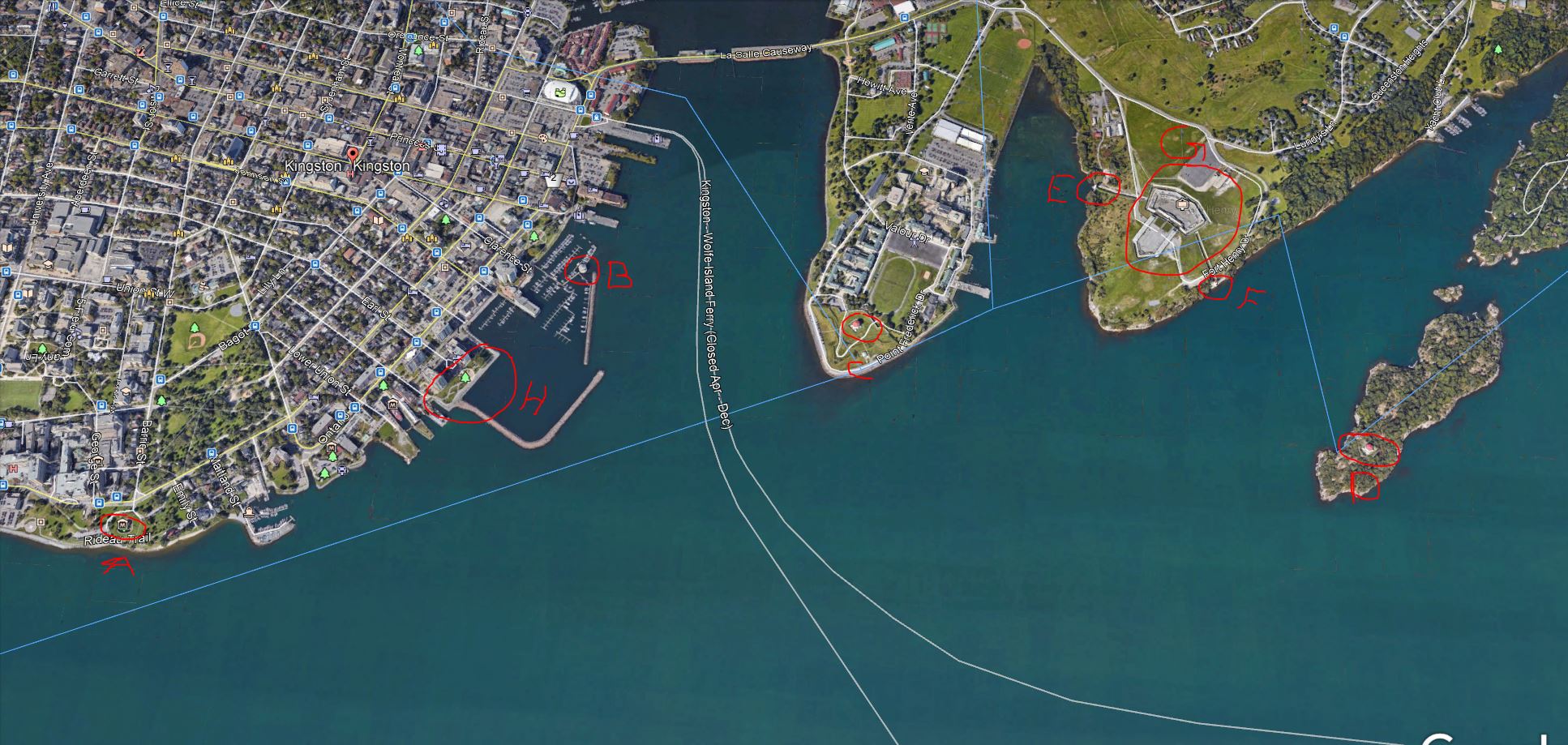I think that the towers have to be considered in context. They were just part of the defenses, which included gunboats and inland fortifications, that were intended to repel a French invasion during the Napoleonic Wars. While modern historians can look back with hindsight and declare that the risk of a French invasion evaporated after Trafalgar, people on both sides of the Channel continued to take the threat of an invasion seriously almost to the end of the Wars.
The French plans involved moving an army of fifty to a hundred thousand men (along with artillery, horses and supplies) across the channel to invade. To bring these ashore to form an effective offensive force, the landings needed to be comparatively concentrated, which limited the potential landing sites. These had to avoid hazards both at sea and on the beaches, that might cause losses of vessels and their cargo or bottlenecks in getting the men and materiel off the boats.
The invasion vessels wouldn't have the advantage of motor power so they would have to be sailed and/or rowed up to the beaches. The majority of the vessels built for the invasion were, therefore, relatively small and of shallow draught. While that enabled them to come right up onto the beaches, it also meant that they weren't very seaworthy.
The British Royal Navy was larger than the French Navy and was viewed by the British as the first line of defense. The purpose of the Trafalgar campaign in Napoleon's planning was to bring a large part of the French fleet together in order to have a local advantage in numbers over the British. The hope was that they could hold off the British warships long enough to get the invasion vessels across.
As a consequence, a long sea crossing wasn't very desirable. The longer the vessels were in transit, the larger the chance that either the Royal Navy or mother nature would send the craft to the bottom. This further limited the potential landing sites and this was understood by planners on both sides. Therefore the towers were (comparatively) concentrated at these locations.
In the end only 73 towers were built in the Southern District - 27 in Kent and 46 in Sussex; but this was enough to defend the threatened beaches with chains of towers spaced at intervals of 500-600 yards. That distance left no point which could not be swept with grape- and case-shot from 24-pounder guns, supplemented by some 5½-inch howitzers.
Britain at Bay, pg. 118
The main purpose of the towers wasn't to stop the invasion at the beach but to slow things down to allow the British army and militia to concentrate their forces inland to defeat the invaders. While the single cannons mounted on the towers weren't all that much of a threat to the warships of the French Navy, a direct hit by solid shot was more than capable of sinking the smaller boats that would bring the men and supplies to the shore. The sustained rate of fire of these weapons wouldn't have been particularly great, but the potential for chaos caused by sinking a few vessels and the evasive actions of other boats (many of which would have inexperienced crews), would have slowed and disrupted a landing, causing large numbers of casualties in the process.
…case-shot came in two forms, 'heavy' and 'light'; and it appears that one 24-pounder round of 'heavy case' would contain 84 balls, each weighing six ounces, on 24-pounder of 'light case' contained 232 balls of two ounces' weight and one round of 5½-inch howitzer contained 100 two-ounce balls. This means that a single round of 'heavy' 24-pounder case-shot had nearly the same killing power as a volley of musketry from a company of 100 infantrymen; a single round of 'light' 24 pounder case had more than double the killing power of a volley of 100 infantrymen. Further since, as we have seen, well-served guns could, over short periods, be fired ten or twelve times in a minute, one Martello tower mounting a 24-pounder gun and a 5½-inch howitzer should be able to spray the area of beach it covered with up to 3,300 lethal projectiles per minute. Take these facts together and it seems fair to say that to attempt an assault landing in the face of England's new towers would be courting disaster.
Britain at Bay, pg. 118-119
While I suspect that Professor Glover might have been somewhat over optimistic about the rate of fire from these towers (as I doubt that the garrisons would be drilled that rigorously), it does give an indication of what the towers were theoretically capable of doing.
Further reading:
Britain at Bay: Defence Against Bonaparte, 1803-14, Richard Glover (1973)



